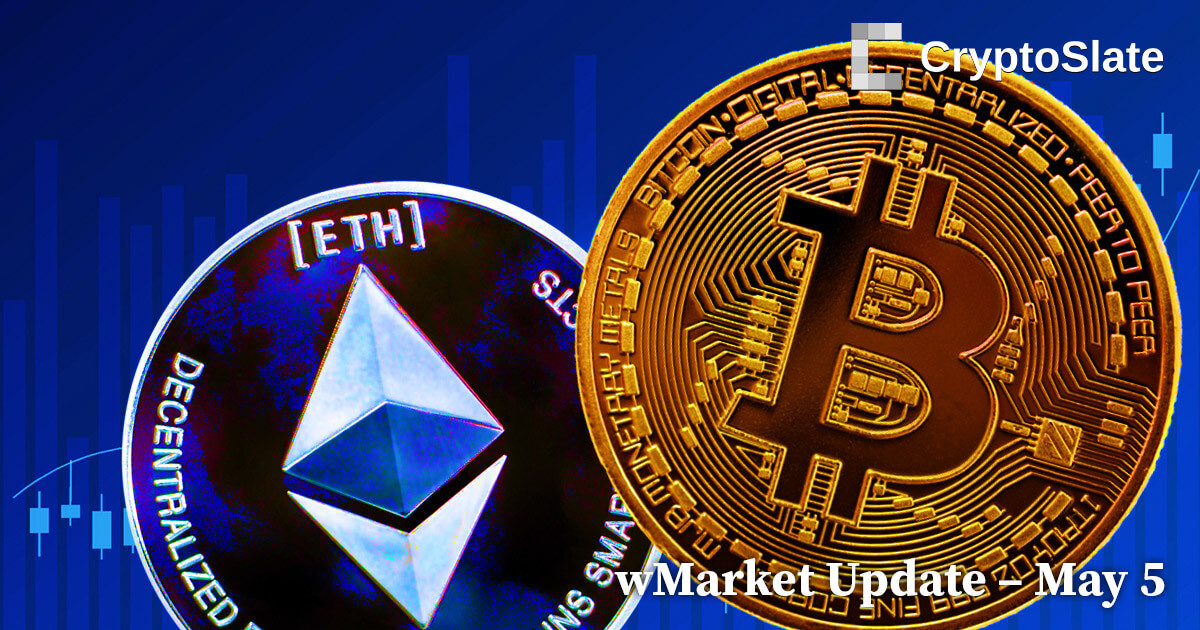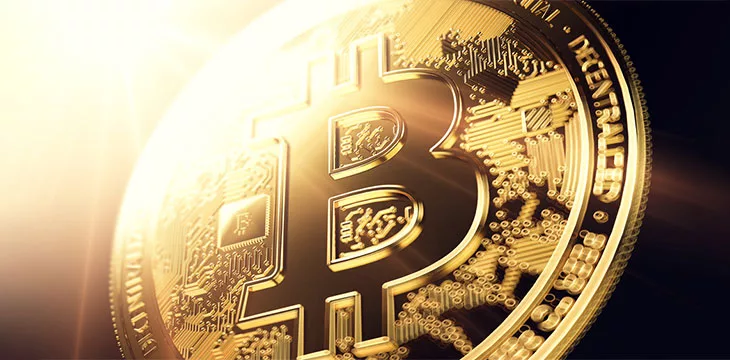Virtual Goods and NFTs – IP Protection of Digital Assets in Games, Social Media and the Metaverse | Hogan Lovells
The gaming industry’s pioneering role
Virtual goods and digital assets are issued, purchased and traded digitally. They are often thought of as counterparts to goods and services in the real world – practically (pun intended) any product and service that exists in real life can also be imagined in the virtual world. And unlike its real-world counterpart, a digital object can be enhanced, modified and equipped with new functions. In the gaming industry, virtual goods have traditionally been used mainly as in-game items in the form of skins, clothing, accessories, equipment and weapons for avatars. Through the introduction of blockchain, digital assets can be individualized, and a clear record of assignment or ownership kept and tracked – eliminating the risk of double-selling, allowing for in-game trading outside of an individual game’s ecosystem, and facilitating monetization through easy tracking of royalties for secondary sales. Game developers are already making significant investments in tokenized digital assets. In new games such as “Decentraland” and “The Sandbox”, digital land can already be bought, sold and developed with virtual buildings. Game developer Ubisoft is introducing NFTs into its games and opening trading among players through its “Ubisoft Quartz” platform. Digital assets provide new opportunities for creative collaborations between non-endemic brands, game companies, social media operators, artists and exchanges. Metaverse is here to stay.
EUIPO’s response to Metaverse
In response, the EUIPO addresses the appropriate classification of these trending trademark protection topics in its new 2023 draft guidelines. Interested parties can still comment on the draft until 3 October 2022.
The commercial capitalization of digital assets is accompanied by efforts to protect the underlying intellectual property rights – including a growing number of trademark applications covering terms related to virtual goods and NFTs. The EUIPO defines virtual goods in its guidelines as “non-physical objects purchased and used in online communities or online games” and assigns them class 9 of the Nice classification. They are treated as digital content or images. The term “virtual goods” – much like “software” – obviously lacks clarity and precision, and applicants are advised to specify in more detail which content the virtual goods refer to – for example “downloadable virtual goods, namely digital art”.
In the EUIPO’s latest 12th edition of the Nice Classification, the office draws attention to terms relating to NFTs. Class 9 includes “downloadable digital files authenticated by non-fungible tokens [NFTs]”. EUIPO refers to NFTs as “unique digital certificates, registered in a blockchain, that are used as a means of recording ownership of an object such as a digital artwork or collectible.” Of course, NFT does not stand for the digital object itself itself; it is only a means of certification. As such, it can serve as an additional function to specify the scope of trademark protection. Accordingly, the type of virtual goods authenticated by an NFT must also be included in the trademark specification. As an example of an admissible application, the EUIPO cites “downloadable digital art, authenticated by an NFT.”
It is also important to note that Class 9 only covers downloadable virtual goods. Offers of non-downloadable virtual goods are to be classified as services corresponding to the offer in question, in line with the established classification principles for Classes 35 – 45. To give an example for a Class 35 service: “Offering an online marketplace for downloadable digital art images authenticated by non-fungible tokens [NFT].”
In the latest version of the ID Handbook of the US Patent and Trademark Office (USPTO), the USPTO provides guidance similar to that under the EUIPO Guidelines for Classes 9, 35 and 41.
Securing trademark protection of virtual assets
To date, we cannot yet seek guidance from a body of settled case law on the scope of IP protection for virtual goods and their tokenization through NFTs. For example: Is there similarity in trademark law between a physical item and its virtual counterpart? What is clear and obvious is that existing trademark protection for real goods does not extend into the digital world. Brand owners venturing into the digital asset space are therefore advised to revise their trademark portfolios and supplement them with new registrations in line with the guidance issued by the EUIPO, USPTO and other trademark offices.
Proper classification of new trademark registrations for virtual goods and their tokenization through NFTs is only a first step. The rapidly evolving virtual landscape, just like its real-world counterpart, will be a battleground for brand recognition and reputation, will invite copycats and free-riding, and over time will be the source of a dedicated body of regulation and case law. Our international team of experts in gaming, digital assets and online regulation are here to help you navigate the metaverse – from NFT cooperation agreements and strategies for trademark, design and copyright protection, to online enforcement and multi-jurisdictional regulatory advice on the metaverse- ecosystems. You can reach us through our dedicated gaming and esports page.


